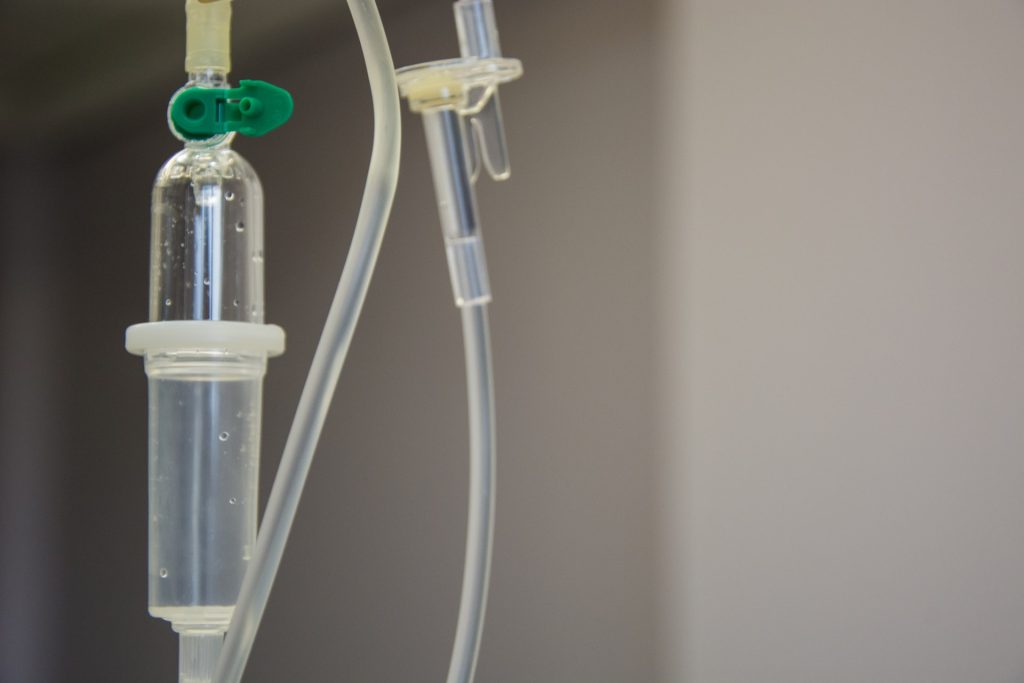Diagnosing and Managing Blast Injuries

The prevalence of armed conflicts, terrorist attacks and industrial accidents necessitates clinician understanding of blast injuries in both civilian and military settings. Blast injuries are a complex form of trauma, resulting from the explosive release of energy. The severity and types of injury depend on the proximity to the blast, blast pressure and the presence of other elements like fragments and heat.
In a new video published in the New England Journal of Medicine‘s “Video in Clinical Medicine” section, authors from Boston University Chobanian & Avedisian School of Medicine and Boston Medical Center (BMC), in collaboration with the department of anaesthesiology at Walter Reed National Military Medical Center, focus on the mechanisms and classifications of blast injuries and present essential knowledge for initial diagnosis and management.
“Blast injuries present a unique challenge in trauma medicine due to their complex mechanisms and varied presentations. A comprehensive understanding and approach to managing these injuries is essential to improve patient outcomes,” explains corresponding author Rafael Ortega, MD, FASA, chair & professor of anaesthesiology at the school.
The video provides a review on blast injury types including: primary injuries to the lungs, ears and bowels due to the blast wave; secondary injuries caused by trauma from propelled debris; tertiary injuries due to blast wind impacts on the body; quaternary injuries like burns, asphyxiation and exposure to toxic substances; and quinary injuries, clinical repercussions of chemical, radiologic or biologic contaminants occurring post-detonation. Also considered are the types of explosives, such as dynamite and Molotov cocktails.
The authors point out that explosions can inflict injuries on many organ systems and that the diagnosis of blast injuries requires a high index of suspicion to identify silent blunt injuries. They suggest initial assessment should follow advanced trauma life support (ATLS) protocols including imaging methods, such as radiographs, CT scans, and ultrasonography, which are critical for detecting internal injuries. Injuries to the pulmonary, gastrointestinal system, along with neurological, cardiovascular, facial and auditory, musculoskeletal systems are also reviewed.
In terms of diagnosis, the authors indicate that ATLS guidelines offer a structured approach to trauma care after explosions. “However, their application should be tailored to the specific situation and patient needs, with the order of interventions potentially varying based on clinical judgment and immediate life threats,” says Ortega who also is chief of anaesthesiology at BMC.
According to the authors, blast injuries should be managed using a multidisciplinary approach tailored to the individual patient’s injuries. “When possible, involve different specialties such as emergency medicine, trauma surgery, neurosurgery, orthopaedic surgery, maxillofacial surgery, otolaryngology and anaesthesiology to ensure the best possible patient outcomes,” he adds.
In terms of preventive strategies, the authors recommend public education, improved safety regulations for handling explosives, and the use of personal protective equipment which can help reduce the impact of blast injuries and designing public spaces to minimise the impact of blasts.




